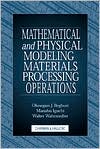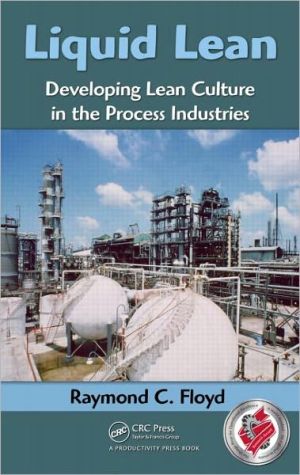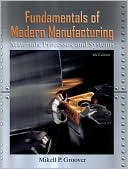Mathematical and Physical Modeling of Materials Processing Operations
The past few decades have brought significant advances in the computational methods and in the experimental techniques used to study transport phenomena in materials processing operations. However, the advances have been made independently and with competition between the two approaches. Mathematical models are easier and less costly to implement, but experiments are essential for verifying theoretical models.\ In Mathematical and Physical Modeling of Materials Processing Operations, the...
Search in google:
The past few decades have brought significant advances in the computational methods and in the experimental techniques used to study transport phenomena in materials processing operations. However, the advances have been made independently and with competition between the two approaches. Mathematical models are easier and less costly to implement, but experiments are essential for verifying theoretical models.In Mathematical and Physical Modeling of Materials Processing Operations, the authors bridge the gap between mathematical modelers and experimentalists. They combine mathematical and physical modeling principles for materials processing operations simulation and use numerous examples to compare theoretical and experimental results.The modeling of transport processes is multi-disciplinary, involving concepts and principles not all of which can be associated with just one field of study. Therefore, the authors have taken care to ensure that the text is self-sustaining through the variety and breadth of topics covered. Beyond the usual topics associated with transport phenomena, the authors also include detailed discussion of numerical methods and implementation of process models, software and hardware selection and application, and representation of auxiliary relationships, including turbulence modeling, chemical kinetics, magnetohydrodynamics, and multi-phase flow. They also provide several correlations for representing the boundary conditions of fluid flow, heat transfer, and mass transfer phenomena.Mathematical and Physical Modeling of Materials Processing Operations is ideal for introducing these tools to materials engineers and researchers. Although the book emphasizes materials, some of the topics will prove interesting and useful to researchers in other fields of chemical and mechanical engineering. Booknews Discusses the basic principles involved in the simulation of materials processing using both mathematical and physical modeling techniques. The book features topics not usually found in traditional transport phenomena texts, such as software and hardware selection and application, and representation of auxiliary relationships including turbulence modeling, chemical kinetics, magnetohydrodynamics and multiphase flow. Written primarily as an introduction for materials engineers and researchers, it can also serve as a textbook for undergraduate and first-level graduate courses in process modeling. Annotation c. Book News, Inc., Portland, OR (booknews.com)
1Introduction12Building Blocks of Mathematical Models293Science Base of Mathematical Model Development454Subsidiary Relationships Used in Mathematical Modeling695Scaling, Scoping, and Asymptotic Solutions1096Numerical Techniques1297Implementation and Verification of Process Models1898Mathematical Modeling Case Studies2219Basic Elements of Physical Modeling31710Physical Modeling Examples359References468App. ADimensionless Numbers Useful in Process Metallurgy473App. BFluid Flow Equations in Various Coordinate Systems477App. CComponents of the Stress Tensor for Newtonian Fluids in Various Coordinate Systems481Index483
\ BooknewsDiscusses the basic principles involved in the simulation of materials processing using both mathematical and physical modeling techniques. The book features topics not usually found in traditional transport phenomena texts, such as software and hardware selection and application, and representation of auxiliary relationships including turbulence modeling, chemical kinetics, magnetohydrodynamics and multiphase flow. Written primarily as an introduction for materials engineers and researchers, it can also serve as a textbook for undergraduate and first-level graduate courses in process modeling. Annotation c. Book News, Inc., Portland, OR (booknews.com)\ \








